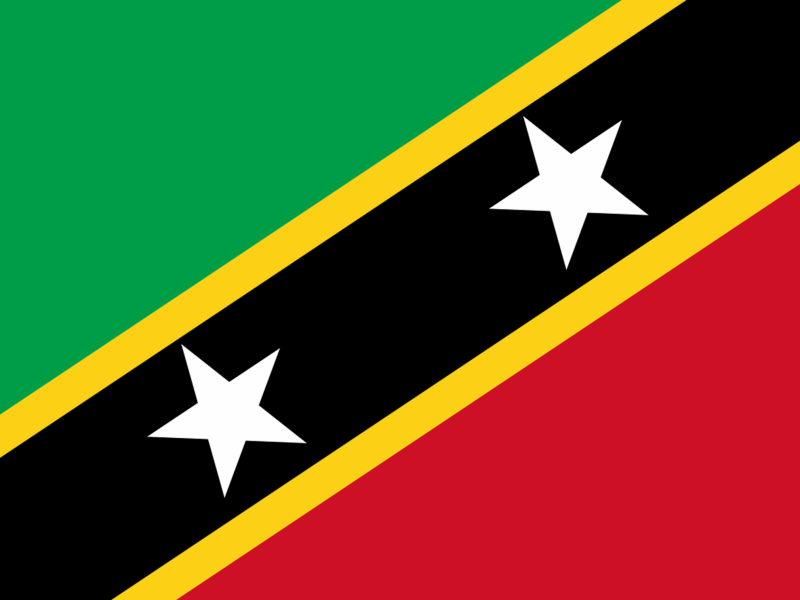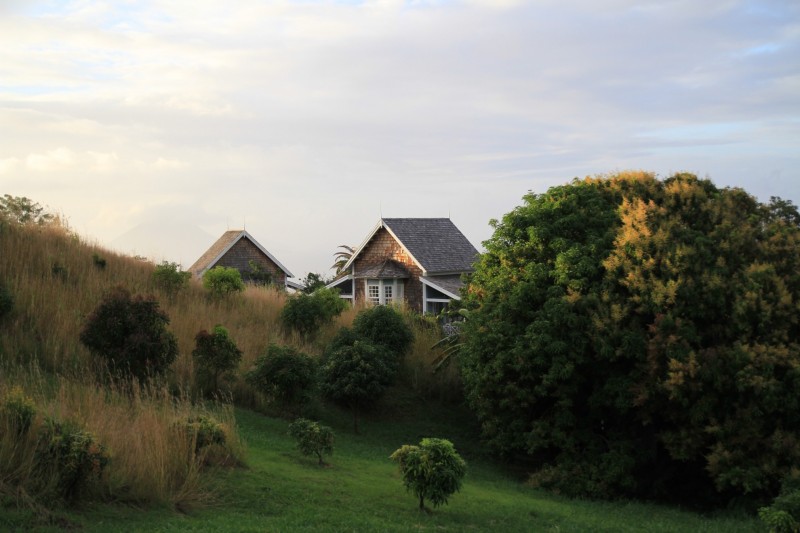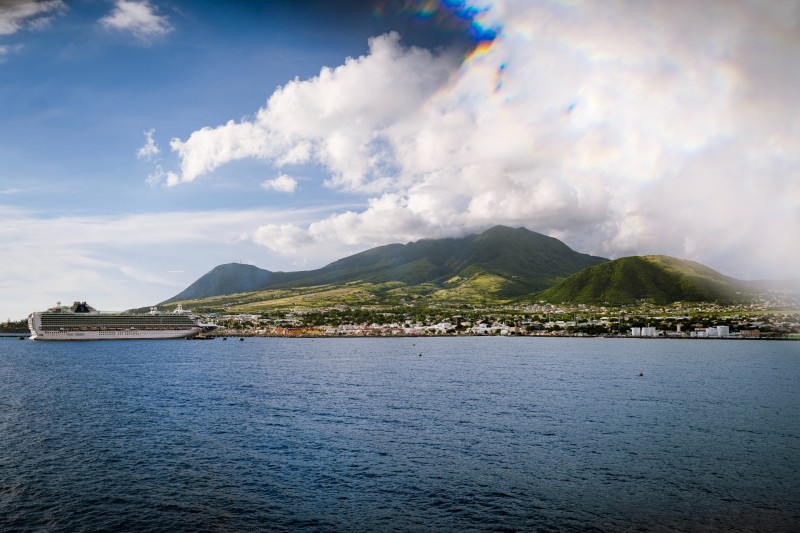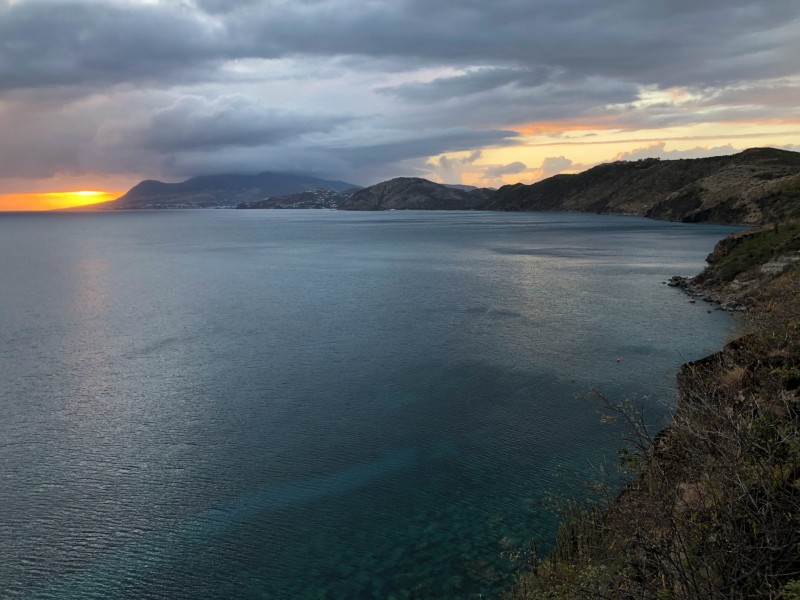Saint Pierre and Miquelon
Saint Pierre and Miquelon
Capital city description
Saint-Pierre is the capital of the French overseas collectivity of Saint Pierre and Miquelon, off the coast of the Canadian island of Newfoundland. Saint-Pierre is the more populated of the two communes (municipalities) making up Saint Pierre and Miquelon. The commune of Saint-Pierre is made up of the island of Saint-Pierre proper and several nearby smaller islands, such as L'Île-aux-Marins. Although containing nearly 90% of the inhabitants of Saint Pierre and Miquelon, the commune of Saint-Pierre is considerably smaller than the commune of Miquelon-Langlade, which lies to its northwest Miquelon Island. The main settlement and communal seat are situated on the north side of a harbor called Barachois, which faces the Atlantic Ocean on Saint-Pierre Island's east coast. A small chain of islands guards the mouth of the port. Close to the center of the harbor's edge lie the Post office and Custom House (staffed by the Directorate-General of Customs and Indirect Taxes), behind which is General Charles de Gaulle Square, the town's center. Other prominent landmarks in Saint-Pierre include the cathedral, to the north of the square, rebuilt in the early twentieth century after a major fire, and the Pointe aux Canons Lighthouse, at the mouth of the harbor. Further north, close to the town's former hospital, is the Fronton Zazpiak Bat - an arena for the traditional Basque sport of pelota.
Climate
In Saint Pierre and Miquelon, the summers are short, cool, windy, and partly cloudy, and the winters are freezing, snowy, extremely windy, and mostly cloudy.
Languages spoken
French is the official language of the Saint-Pierre and Miquelon.
Fun/Fascinating Facts
- If anything, the history of Saint-Pierre and Miquelon has been tumultuous. They have long been a territory that has been exchanged, sometimes violently so, between the French and the English as they waged conflicts in the larger world. Initially a French settlement, the British took control of the islands in 1713, 1778, 1794, 1803, and 1815, with the French taking back possession between each of these occupations. Eventually, the French took control of the islands in 1816, this time permanently.
- During the 1920s and the American prohibition, Saint-Pierre and Miquelon featured prominently in efforts to smuggle alcohol into the US, with infamous mobsters setting up operations on the island. Even Al Capone used the islands and was a client of Hotel Robert, a hotel that still operates today.
- Perhaps the islands of Saint-Pierre and Miquelon should be known as Saint-Pierre and Miquelon and Langlade. The largest island is technically known as Miquelon-Langlade, and it is dumbbell shape, the northern portion being Miquelon and the southern part being Langlade. What connects them is the Dune de Langlade, a not-so-permanent sandy isthmus. In fact, during the 18th century, a storm destroyed the isthmus, creating two islands, only to have currents shortly after that connect them once again.
- Newfoundland is known for its own quirky 30-minute time zone, but Saint-Pierre and Miquelon are entirely different. They, too, have their time zone, this one being 30 minutes ahead of Newfoundland time.
- There are plenty of close connections through families and friends, and the citizens of Saint-Pierre and Miquelon are regular visitors to the island of Newfoundland. While it may not be an everyday occurrence, it is not uncommon to see cars with European license plates in Newfoundland, making it the only place in North America that you will see this with any regularity! Due to the proximity and small size of Saint-Pierre and Miquelon, they depend on the island.
Unique Customs/Traditions
- The boats cross the start line in Halifax Waterfront while festivities begin in Saint-Pierre et Miquelon. Meet at the Café de la Route for the live tv broadcast of the ROUTE Halifax Saint-Pierre start, then every day, from early morning until late at night, the Café de la Route comes alive. Quai Eric Tabarly, on the waterfront, live music and gastronomy are proposed under the big tent that is always packed. With the local population and all the crews, as soon as they arrive!
- They must Parade in the streets of Saint-Pierre, where ROUTE Halifax Saint-Pierre sailors greet the population with music and perpetuate the tradition of ROUTE Halifax Saint-Pierre: Offering a maple tree to the town of Saint-Pierre, the symbol of the Franco-Canadian friendship of Route Halifax Saint-Pierre.
- Competitors and volunteers are in the same boat! A big thank to the population of the Archipelago and all the volunteers for their hospitality: each ship takes on board the family, who took care of them during their journey, and the volunteers for a coastal race between Saint-Pierre harbor and the other islands of the Archipelago. A fantastic show by the sea!
- The competition goes together with Prizegiving and many fine Trophies. Dressed up crews and ovations, live music, a friendly moment when everybody meets for the last time before considering the next ROUTE Halifax Saint-Pierre. See you all at the Café de la ROUTE to celebrate the sailors of ROUTE Halifax Saint-Pierre.
Popular universities
| Name | Description | |
|---|---|---|
| Institut Frecker | Memorial established Institut Frecker on the French island of St-Pierre, off Newfoundland's south coast, in 1975. Each semester, students immerse themselves in French culture and society while studying the language. Institut Frecker features a fully-equipped language laboratory, a library, and several classrooms housed in a century-old building. Students live with local families, where they quickly assimilate the French culture. With a population of approximately 6 000, St-Pierre offers all the services of an extensive North American town, including an airport, a cultural center, and a brand-new shopping complex in a distinctly European atmosphere. | |
Festivals & Events
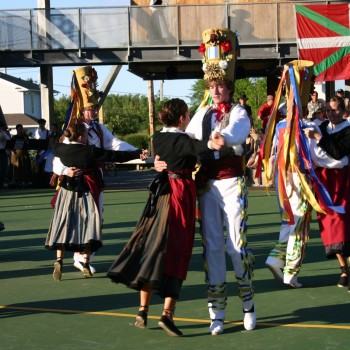
BASQUE FESTIVAL
Date: August
The BASQUE FESTIVAL is a traditional ball game by a different team every evening. The event's highlight is Sunday, where locals and visitors celebrate the music and gastronomy of the Basque country, participate in Basque games of force, and offer demonstrations of Basque dance. The day closes with a popular ball in the square of Zazpiak Bat.

Bastille Day
Date: on July 14th
Held on July 14th, Bastille Day is a national day that commemorates the taking of the Bastille of 1789. On this occasion, the Public places come alive, and most of the population is at this rendezvous!
Games and meals will be served, and the day ends with traditional fireworks and a famous ball.
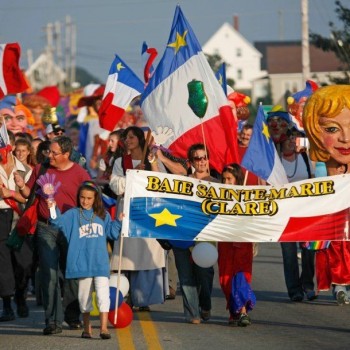
KILOMÈTRES DE MIQUELON
Date: 25th July
KILOMÈTRES DE MIQUELON is a race event that brings together as many runners present for the performance as people wishing to complete the race within four hours, whether running or walking. It is also an opportunity for families, friends, and visitors to come together for a weekend to participate in the race and the méchoui (barbecue) that punctuates the festive evening that follows.
Attractions / Top Sights
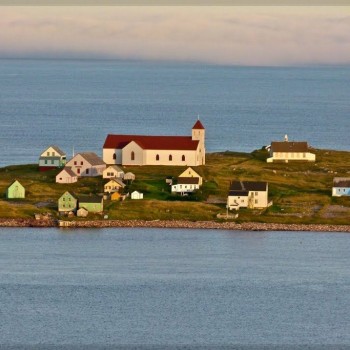
L'Île-aux-Marins
When to visit: July to September
L'Île-aux-Marins is a beautiful small uninhabited island located off the coast of Saint-Pierre and Miquelon. Since the 1960s, the town has become a ghost town after the last of the population left for Saint Pierre Island; however, a small number of people live there on a seasonal basis between May to November.
Several of the town's buildings are still standing; among them are the church (Eglise Notre-Dame-des-Marins), the Jézéquel house, several fisherman's homes, and the Archipélitude Museum located in the town's former school.
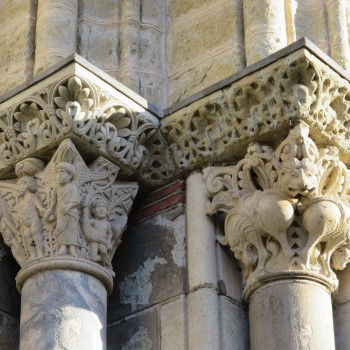
L'Arche Museum
When to visit: July to September
The L'Arche Museum is home to both the Archives and the Museum of the Territorial Collectivity of Saint-Pierre and Miquelon. The museum exhibits the islands' history, including Prohibition times. The scenography allows visitors to step back in time and discover the history and stories of the archipelago, including the guillotine, kept here as a remembrance of the past.
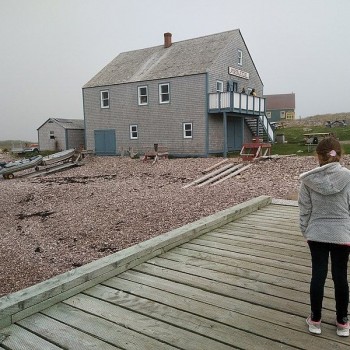
Maison Jézéquel
When to visit: July to September
Located on Île aux Marins, the Maison Jézéquel museum shows a peek into the daily life of a fishing family in the French North Atlantic circa the 19th century. There are exhibits on fishing gear and boats (including scale models), and on the second floor, a good cafe where you can knock back a nice cup of coffee.
On the ground floor was installed all the technical part, with a double door behind the interior capstan allowing the dories to be raised on the slides.















